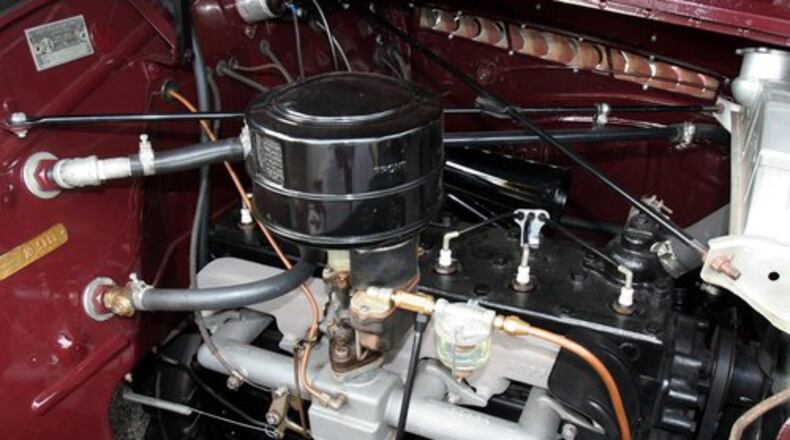Should I have the plugs replaced? I am an old lady and know very little about cars. Thank you for your advice. -- Mary
RAY: Mary, I want to thank you for sending in the easiest question I’ve had in 10 years. Would you write in every week, please? You and your dealer did all the diagnostic work already.
I take it your Land Cruiser was running rough, so you took it to the dealer. They scanned your car, and the computer told them that cylinder six was misfiring. The next step was to figure out why.
So the dealer did a very smart and simple test. He removed the spark plug from cylinder six and put it in cylinder five. Lo and behold, the problem followed that spark plug. Now cylinder five misfired. So he knew it was the spark plug’s fault.
That also allowed him to rule out a wiring issue, a compression issue and the possibility that someone left a screwdriver in your number six cylinder the last time you were in for service.
All he had to do at that point was to replace the spark plug, charge you $850 for the diagnostics and send you on your way.
Now, it’s possible that something is fouling that spark plug, but I’m assuming your mechanic checked for that and ruled it out. It’s more likely that your spark plugs just haven’t been replaced since 1996, and the ceramic insulation on one of them cracked.
If that’s the case, I would recommend replacing all of them at this point. Replacing all six will probably cost you in the neighborhood of $300 at the dealer. The plugs are about $25 each and, since there’s an air hose and a few plastic covers in the way of the rearmost plugs, they’ll charge you an hour’s labor for the job. But that ought to fix it, Mary. Enjoy your Land Crusher.
EV drivers can be smug but not carefree
Dear Car Talk:
I want to know if I’m justified in feeling smug. I have a hybrid that has a full electric vehicle mode. When the light turns green and I tromp on the pedal, am I right that I’m not polluting the air like the guy in the next lane, nor abusing my engine at all? -- Tom
RAY: I think permission to feel smug comes with every hybrid, Tom. If you look, it’s probably listed on the new car sticker. You can smug it up all you want.
In EV mode (some hybrids allow you to push a button for battery-only operation), you are not polluting the air like the guy next to you in the ‘76 Volare.
Obviously, the electricity you used to charge up your battery came from somewhere. And unless it’s a plug-in hybrid and you get your power from solar or wind, you did create some pollution somewhere to get your battery charged.
But nothing’s coming out of your car that affects the air around you. Well, unless it’s coming from you, Tom, but that’s between you and your gastroenterologist.
You’re also not harming your engine, because you’re not using your engine. You’re using your electric motor. Are you harming the electric motor? No.
A gasoline combustion engine has many more parts, and more inertial forces at work -- parts that have to start and stop, and change direction, like pistons, connecting rods and valves. All that stuff gets stressed more, and wears out more quickly when you suddenly change speeds and floor the gas.
An electric motor, on the other hand, has fewer parts, and the main component of an electric motor does only one thing. It spins around an axle. And if it’s well-built, as most electric motors in cars are, it really doesn’t care how fast it spins. So no harm is done to the motor when you whomp on the accelerator.
However -- you knew there’d be a however, Tom, right? There are still things like the drive axles and the suspension parts that are stressed if you go from zero to 60 in a few seconds.
Like a combustion engine, these parts are sitting still with you at a stoplight, and suddenly, there are huge forces on them coming from the electric motor. And you’re not doing those mechanical parts any favors.
So when you’re in the breakdown lane, and the guy in the ‘76 Volare tootles past you at 25 mph, blowing blue smoke, you can still be smug, Tom. Just say to him, “Ha, I didn’t pollute, and my electric motor didn’t feel a thing. I’m only waiting for a tow truck because I broke my axle.”
Got a question about cars? Write to Ray in care of King Features, 628 Virginia Drive, Orlando, FL 32803, or email by visiting the Car Talk website at www.cartalk.com.
About the Author

